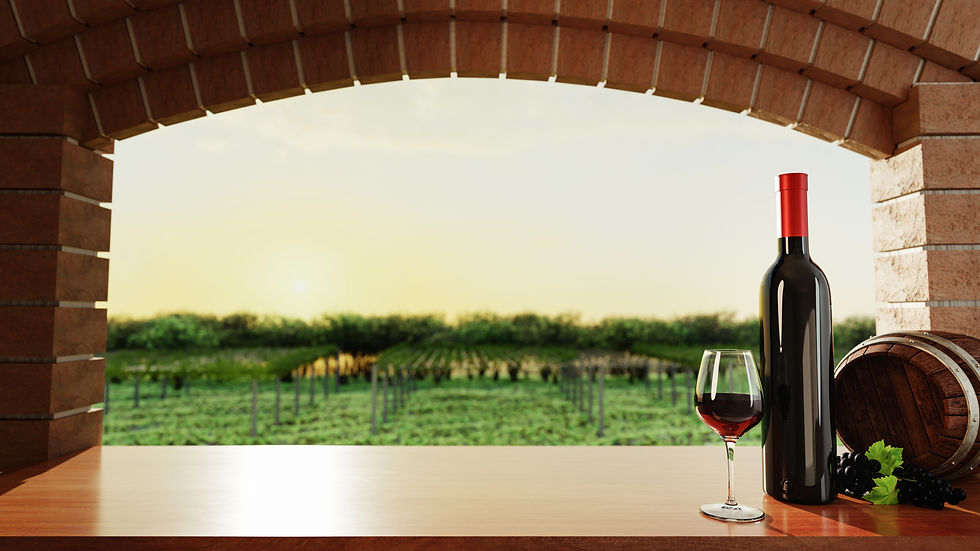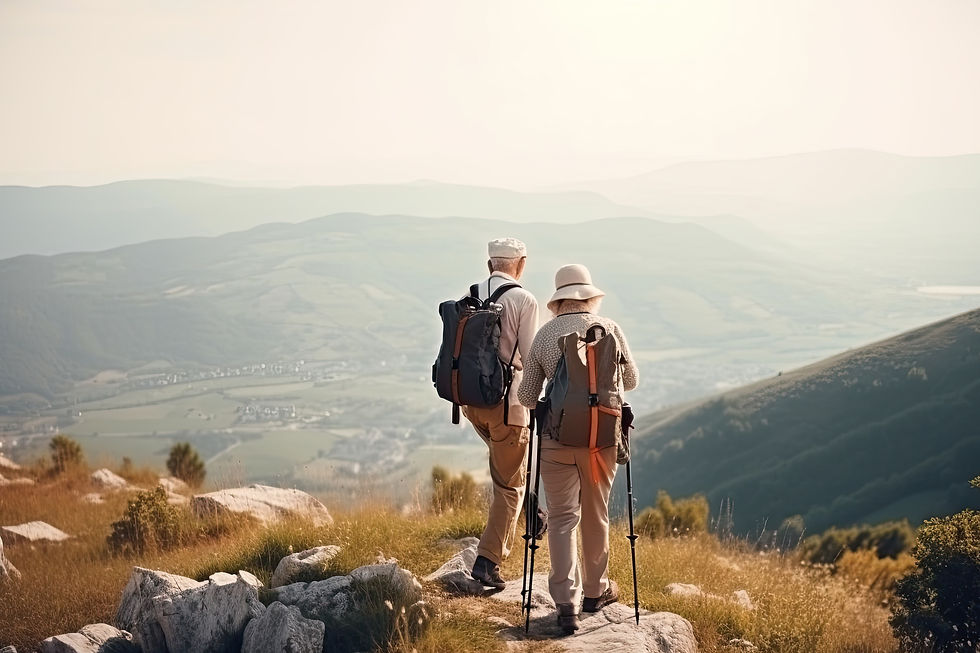The health and supplement industries can sometimes be shrouded in mysticism, often promoting exotic fruits or herbs with supposedly unique powers to heal or build muscle. While such claims should be met with skepticism, there may indeed be some far-off places with secrets to exceptional health benefits. Researchers have scoured the world over and identified five regions where people live longer and healthier lives than the global average. These areas are known as Blue Zones. Each Blue Zone has unique characteristics, but one thing is certain: their inhabitants demonstrate exceptional longevity and health. In this article, we'll take a closer look at these Blue Zones, exploring their secrets and what we can learn from them to apply to our own lives. These areas include:
Okinawa, Japan

Located in the southernmost part of Japan, the island of Okinawa is known as the Land of Immortals due to its high number of people who live to 100 or older. One reason for their longevity may be the traditional Okinawan diet, which is rich in vegetables, legumes, and soy products, and low in meat and dairy. Okinawans practice a concept called Hara Hachi Bu, which means to eat until you are 80% full. As the stomach signaling the brain that it's full can take over 15 minutes, this practice can help prevent overeating and promote a healthy body weight.
Additionally, the people of Okinawa have a strong sense of community and purpose, which may contribute to their overall well-being. Ikigai is a Japanese concept that refers to a person's sense of purpose or reason for being. It is often described as the intersection of what you love, what you are good at, what the world needs, and what you can be paid for. When a person has a strong sense of ikigai, they feel fulfilled, motivated, and energized, which can lead to better physical and mental health.
Many Okinawans also practice a martial art called tai chi chuan, which emphasizes slow, controlled movements and deep breathing, and may contribute to their overall health and longevity by reducing stress and promoting physical activity.
Sardinia, Italy

Located off the coast of Italy, Sardinia is an island where the inhabitants have some of the lowest rates of heart disease in the world and a high life expectancy. The traditional Sardinian diet includes whole grains, vegetables, and lean protein, with an emphasis on local and seasonal foods. Sardinians prioritize their heart health by choosing to steer clear of saturated and trans fats and opting for olive oil instead. Olive oil is rich in monounsaturated fats, which are beneficial for heart health, and low in saturated fats. Many Sardinians also consume red wine in moderation with their meals. The red wine contains antioxidants that could potentially have protective effects on the heart, or it may just be that the Sardinian tradition of enjoying a glass of wine with a meal also encourages mindful eating, as meals are often enjoyed slowly and savored with family and friends.
The people of Sardinia also have strong social connections and a sense of community, which may contribute to their overall health and well-being. This, combined with their active lifestyle and healthy eating habits, may be key factors in their exceptional health and longevity.
Nicoya Peninsula, Costa Rica

Nicoya is a peninsula located in the northwest of Costa Rica. The people who live here have some of the lowest rates of chronic disease in the world, and a high life expectancy. The traditional Nicoyan diet is rich in vegetables, fruits, and legumes, and low in processed foods. Additionally, the people of Nicoya are active and engaged in their community, with a strong sense of purpose. Nicoyans have a tradition of plan de vida, which means "life plan." This involves having a strong sense of purpose and direction in life, which may contribute to their longevity. Nicoyans often drink a tea made from the leaves of the guanacaste tree, which locals believe to have medicinal properties.
Icaria, Greece

Icaria is an island located in the Aegean Sea. Icaria is known as the Island Where People Forget to Die and has one of the highest rates of centenarians in the world. The people who live here have a high life expectancy and low rates of chronic disease. The traditional Icarian diet is rich in vegetables, fruits, whole grains, and olive oil, with little meat or dairy.
Additionally, the people of Icaria place a strong emphasis on relaxation and social connections, with frequent napping and communal meals. Icarians have a tradition of midday napping, which may help to reduce stress and improve overall health. Icarians often consume high levels of herbal tea, which may have anti-inflammatory properties. Icarians have a tradition called panigiri, which involves celebrating life and enjoying food, wine, and music with friends and family.
Loma Linda, California

Loma Linda is a city located in Southern California. The people who live here are predominantly Seventh-day Adventists, and have some of the longest life expectancies in the United States. The traditional Adventist diet is plant-based, with an emphasis on whole grains, fruits, vegetables, and nuts. Additionally, the Adventist community places a strong emphasis on exercise and rest, with a weekly Sabbath observance. Adventists in Loma Linda are known for their active lifestyles, with many engaging in activities such as hiking and gardening. The Loma Linda Adventist Health Study has found that Adventists in the area have lower rates of chronic disease and longer life expectancies than the general population in the United States. Loma Linda is home to one of the largest populations of Seventh-day Adventists in the world, with approximately 9,000 members.
Conclusion
The five Blue Zones are scattered across the globe, but the people found there actually have a lot in common in the way they live. The following lifestyle factors are very likely to contribute to longevity in the Blue Zones and are things you can incorporate into your lifestyle:
Healthy diets: People in Blue Zones tend to follow plant-based diets that are rich in whole foods, fruits, vegetables, and lean protein sources such as legumes and fish. These diets are low in processed foods, added sugars, and saturated fats.
Regular physical activity: People in Blue Zones tend to engage in regular physical activity, such as walking, gardening, and other low-impact exercises. This helps to maintain muscle mass, cardiovascular health, and overall fitness.
Strong social connections: People in Blue Zones tend to have strong social connections with family, friends, and community members. This social support helps to reduce stress, promote feelings of well-being, and encourage healthy behaviors.
Effective stress management: People in Blue Zones tend to have effective stress management techniques, such as meditation, yoga, or simply taking time to relax and unwind. This helps to reduce the negative impact of chronic stress on health.
A sense of purpose and community: People in Blue Zones tend to have a strong sense of purpose and community involvement. This helps to promote feelings of fulfillment and well-being, which can have positive effects on physical health.
In conclusion, the Blue Zones provide valuable insights into the secrets of longevity. While genetics certainly play a role in determining lifespan, lifestyle factors such as healthy eating, regular physical activity, strong social connections, and effective stress management techniques are the most important determinants of health and longevity. By adopting these lifestyle factors, we can all increase our chances of living long, healthy lives.
Commentaires